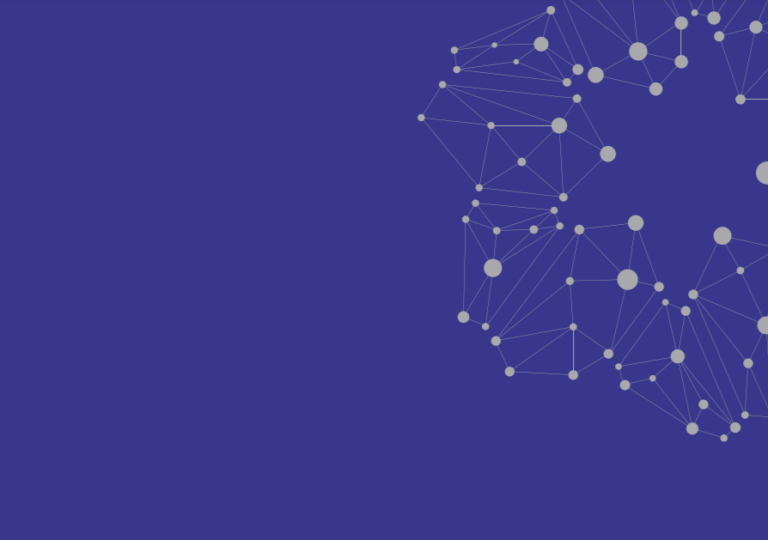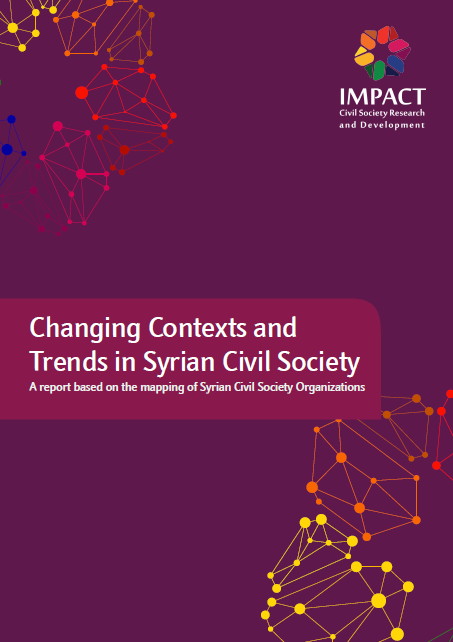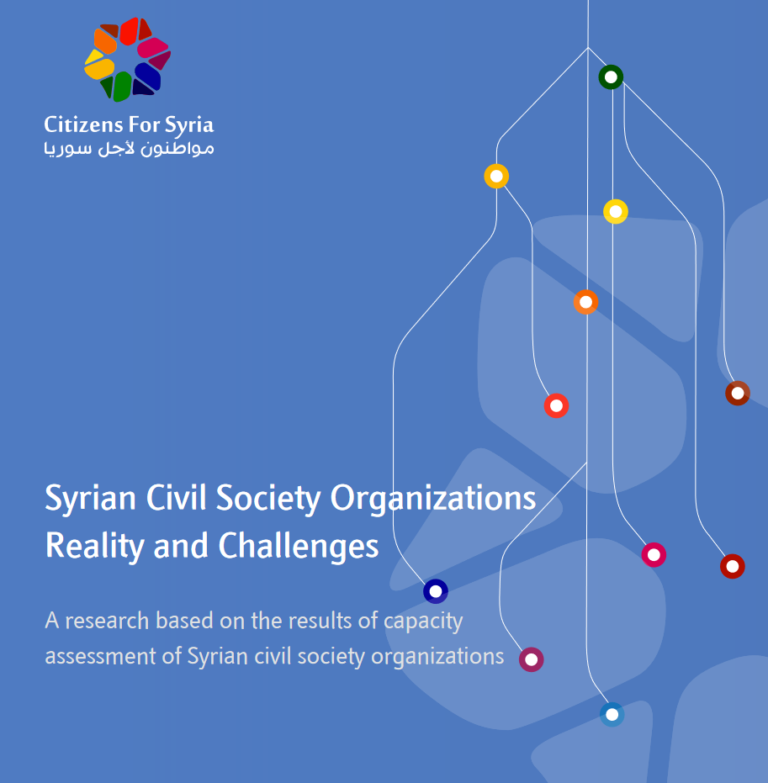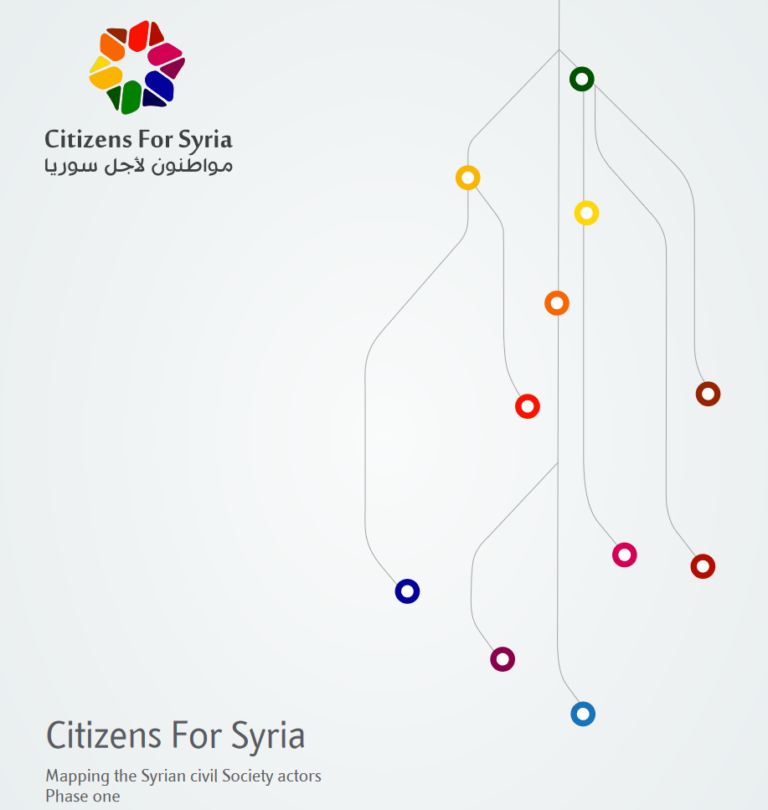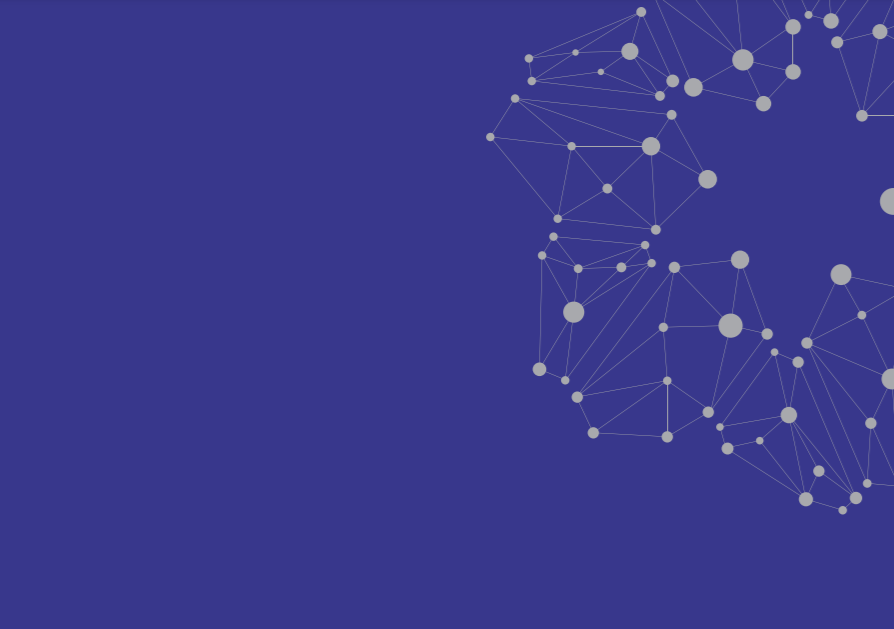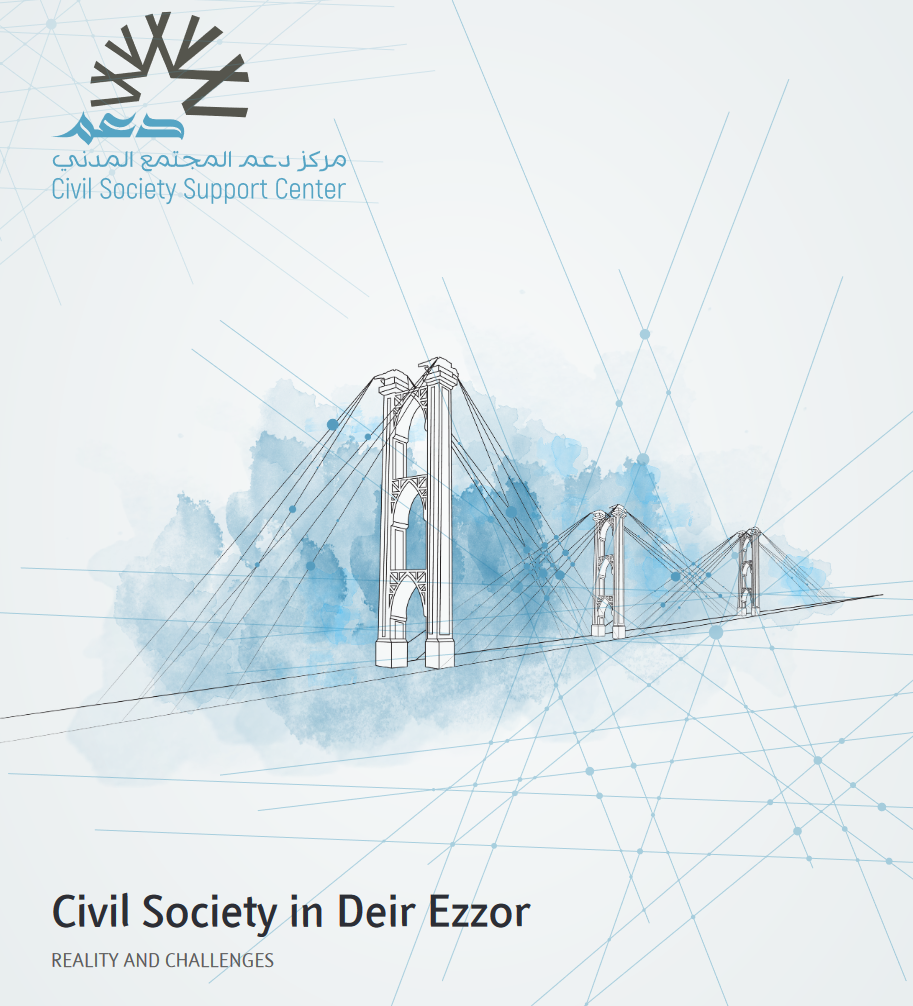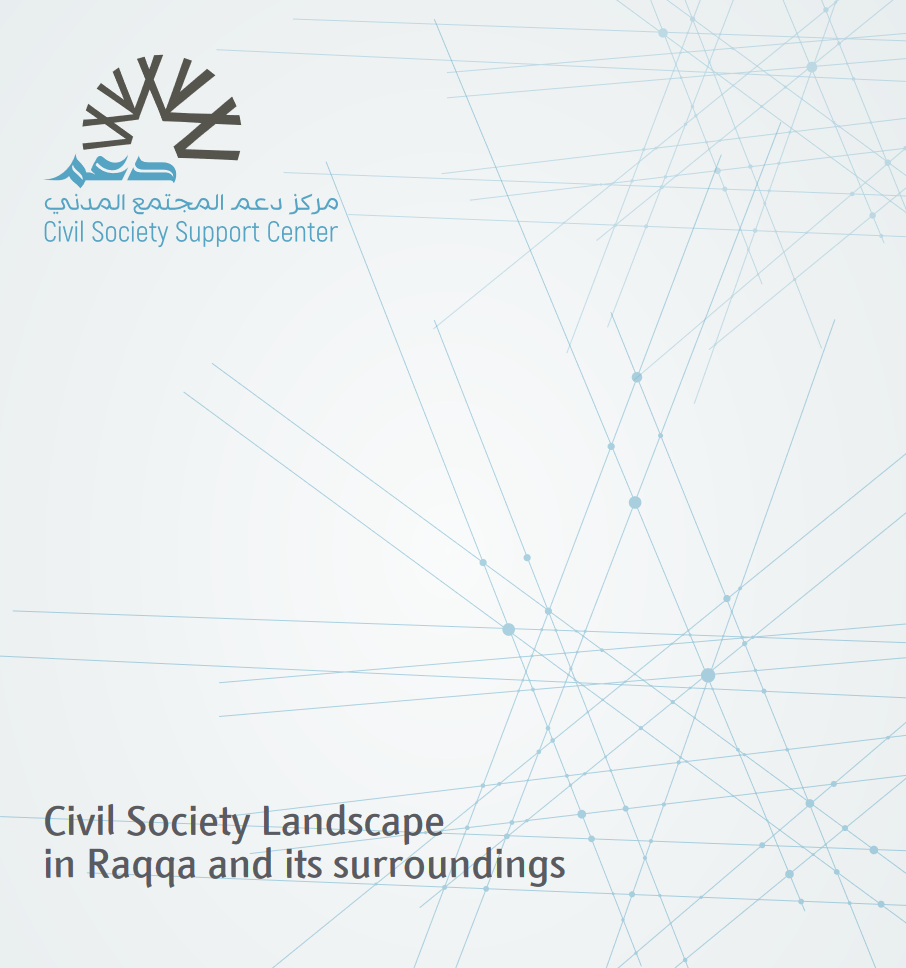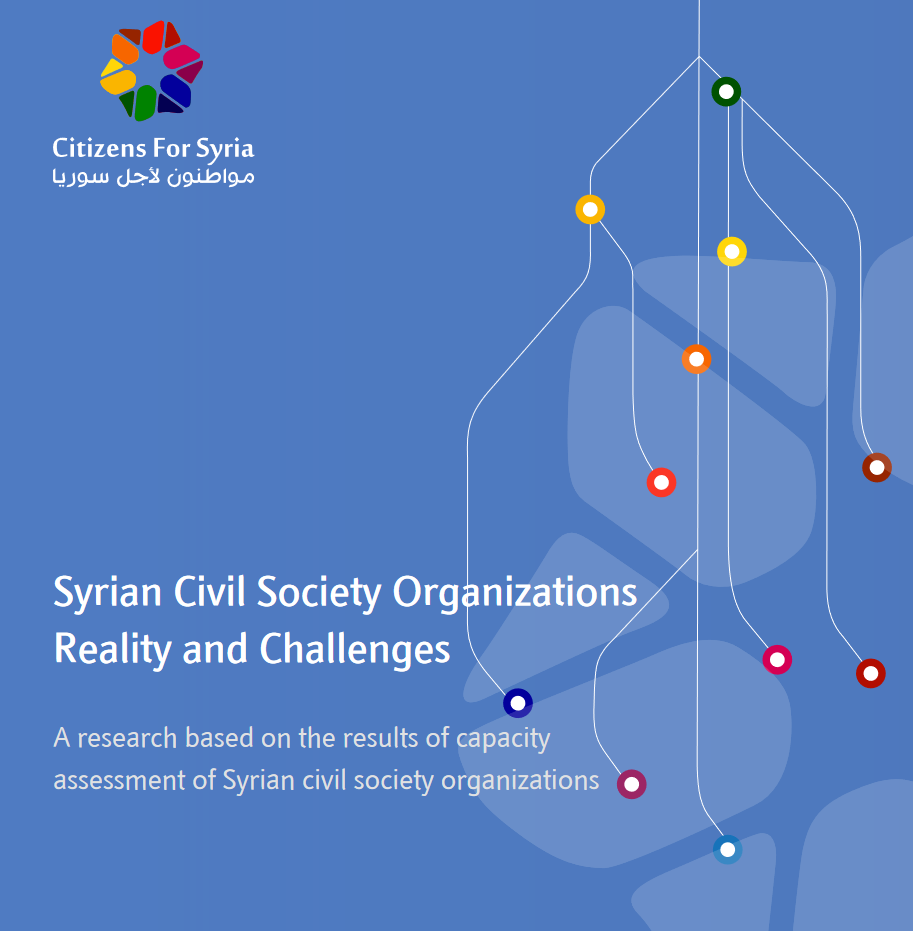Background
Since the uprising in 2011, civil actors have worked to serve Syrian society in extremely challenging conditions. The nature of the conflict has meant that Civil Society Organizations (CSOs) have had to adapt constantly to changing environments, frequently adopting new roles and areas of intervention.
In this dynamic landscape, documentation is crucial. IMPACT has undertaken the sustained mapping of Syrian CSOs since 2015 and has published four major research reports to date as well as various ad hoc papers.
The mapping project continuously documents Syrian civil society, detecting trends and difficulties, while sustaining up-to-date, accessible information for interested parties.
The project aims to detect trends in organizations and the factors shaping their work, with the ultimate aim of allowing all the various civil society stakeholders to better understand the organizational environment they operate in to develop more suitable policies.
Who is included?
Our mapping project adopts the UN Guiding Principles Reporting Framework for Civil Society Organizations’ definition as “non-state, not-for-profit, voluntary entities formed by people in the social sphere that are separate from the state and the market”
We see CSOs as the main representative of civil society structures. Non-organized civil society movements are excluded from the project. Government-alternative structures that emerged in areas outside of the central government’s control but are taking on responsibilities traditionally associated with governmental organizations such as healthcare, education, local courts, and councils are also left out. Media organizations including social media ones are also left out. These organizations usually adhere to different structures, requiring a stand-alone analysis.
How do we map organizations?
IMPACT utilizes a network of more than 20 field researchers in Syria and neighboring countries to collect data from the ground. All the researchers are trained on data collection methods, informed about the purpose of the project, and equipped with detailed written guidelines.
The bulk of data is collected through specifically designed, customized mapping tools. These rely on self-reporting by participating organizations. Our tool is a basic, multi-option survey administered through an interview with key personnel from CSOs. Staff answer questions on a variety of aspects related to their organizations, such as locations of CSO activity, domains of work, age, legal status, staff size, financial capacity, and funding sources.
IMPACT also uses secondary sources to identify CSOs that could not be reached by the initial collection. For this, we rely on publicly available information, such as social media and databases.
A phase of mapping is undertaken every two years. Each phase produces two main outputs, a comprehensive database and an analytical report. Detailed data on CSO work is contained in the database in the form of lists, maps, and interactive charts. This is managed by IMPACT’s team, with restricted access to ensure security. Interested parties such as donors, international NGOs, or Syrian CSOs are granted access by request subject to credibility and following a verification of legitimacy.
Mapping reports analyze the civil society landscape with regard to specific themes. Civil society trends are reported as well as the political, security, and other factors that shape the scope of CSO work.
Who can benefit from our mapping?
Organizations and individuals are welcome to use our research to locate potential partners within Syria, design support programs, and for independent research purposes.
Our beneficiaries are split into three main groups:
Syrian CSOs
Civil Society Organizations working in Syria are welcome to use our research to learn more about the landscape at large. Organizations wishing to connect with each other to pool resources or find potential partners for projects are encouraged to draw from our archive. At the end of each project phase, IMPACT publishes some recommendations for CSOs in Syria. Organizations can find suggestions on how to maximize efficacy here.
International NGOs, policy-makers, donor agencies
IMPACT’s extensive collection of data is available to international actors working in Syria. By illustrating an accurate, up-to-date picture of Syrian civil society, we aim to inform relevant program design and facilitate the discovery of local partners for INGOs and other relevant bodies.
Researchers & Practitioners
Researchers and Practitioners interested in Syria can also use our data to enrich their understanding of the civil society landscape.
Mapping stages
Phase 4 – 2021 Hubs and Bubbles: Syrian civil society after a decade of conflict
Summary
The period since 2018 was marked by great change in the Syrian context. Since the defeat of ISIS, the reduction in violence enabled greater data collection in the mapping project. In total, 767 CSOs participated in our fourth phase of the mapping project. IMPACT was able to reach more organizations and networks, providing a fuller picture of the CSO landscape.
More than ever before, Syrian civil society is delineated by areas of control. Solidifying from spheres of influence into clear division lines, the last three years has seen three distinct powers consolidate their territory in Syria. In the northwest, Turkey is the dominant force, with the northeast controlled by the Kurdish-led Autonomous Administration (AA). In the rest of the country, power remains with the Government of Syria (GoS), which recaptured many opposition strongholds following the fall of ISIS.
These territories operate as distinct civil society environments with very little overlap, due to security, funding, and other challenges. Just one percent of mapped CSOs worked in more than one area of control.
Phase 3 – 2019 Changing Contexts and Trends in Syrian Civil Society
Summary
Between 2017 and 2018, controlling powers in Syria have shifted dramatically. Syrian Democratic Forces (SDF) supported by the US-international coalition in Northeast Syria (NES) expelled the Islamic State in Iraq and Syria (ISIS) from the region. The Government of Syria (GoS) reclaimed vast territories from opposition forces. Meanwhile, Turkey and its allied opposition armed groups concluded two military operations to take control of northern parts of the country, specifically the Aleppo northern countryside which runs alongside the borders with Turkey. In the northwest, the establishment and expansion of the Hay’at Tahrir Al-Sham (HTS) jihadist alliance of armed forces have shifted political and governance structures in the area. These developments have radically changed the territorial map of Syria since 2016, with direct and indirect effects on the population and organizational structure of Syria at large. No doubt, civil society organizations were severely impacted by these developments.
This report sheds light on the status of Syrian CSOs in different areas of control based on the new geopolitical lines formed as a result of the military developments.
Phase Two – 2017 Syrian civil society: Reality and Challenges
Summary
Between 2011 and 2017 alone, more Syrian Civil Society Organizations (CSOs) were registered than had been between 1959-2011. As violence intensified, most CSOs emerged to address pressing demands on the ground, chief among them the documentation of human rights violations and coordination of aid activities. CSOs also served as a way to create jobs for displaced youths, particularly in neighboring countries.
Moreover, the conflict also saw an end to the monopoly on CSOs by the two largest cities, Damascus and Aleppo. Organizations spread to neighboring countries and other Syrian provinces. ISIS-held Raqqa and Deir Ezzor proved exceptions to this, with persecution faced by activists in areas controlled by the extremist group meaning that only a very small number of organizations were able to operate. CSOs began to establish networks and alliances to support one another in advocacy activities and response coordination.
This report outlines currents in Syrian civil society across the territories controlled by the Government of Syria (GoS), opposition forces, or the Democratic Self-Administration (DSA) territories in Northeast Syria.
Phase one – 2015 Mapping Civil Society in Syria
Executive Summary
As part of a long-term initiative to publicize and support civil society working in Syria, IMPACT (formerly Citizens for Syria) conducted a research investigation across Syria and in neighboring countries to illustrate the activities of the Syrian civil movement. In this report, we present the results of the pilot survey of Syrian civil society, its organizations, fields of activity, and the areas they operate in.
The survey encompassed more than 900 civil entities, 802 of which we studied using a stringent methodology for data collection, classification, and review. The research, the first of its kind, indicated that humanitarian relief, media, and civil organizations formed the majority of organizations, followed by human resource development, health, research, and then others specializing in social services, human rights, culture, and arts.
Our research clarified the distinction in specialties between organizations working inside and outside Syria. For example, most research organizations operate from outside Syria’s borders.
Additional reports
Deir Ezzor and Raqqa
With changing lines of power new, distinct civil society landscapes emerge. To this end, IMPACT has conducted two ad hoc reports on the specific civil society environments present in Deir Ezzor and Raqqa.
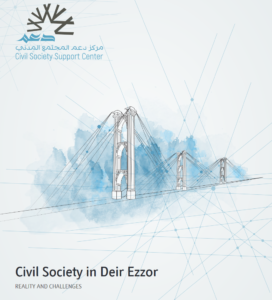
Mapping of Civil Society Organizations in Deir Ezzor
This study aims to shed a light on the status quo of civic work in Deir Ezzor considering the recent changes on the political and military level, provide an overview of the opportunities and challenges facing civil society, and provide recommendations for all actors currently operating or planning to expand their work to the area.
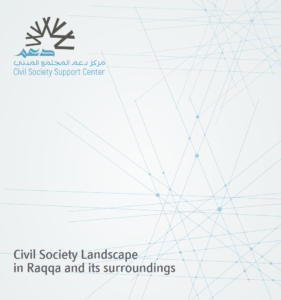
Civil Society Landscape in Raqqa
This report strives to evaluate the overall status of Raqqas civil society and personnel while taking into account the cultural particularity of the region and its recent history.
This program was made possible through funding from a host of partners such as the European Union, the IWPR, the Swiss Federal Ministry of Foreign Affairs, and many invisible donors.

